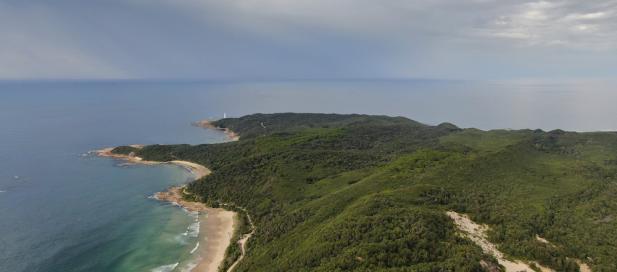
The five-yearly Victorian State of the Environment (SoE) 2018 Report was publicly released on 19 March 2019. The SoE report is an environmental report card on the health of Victoria’s environment every five years. The SoE 2018 report is also a scientific baseline report and tells the story of the health of Victoria’s environment, through the assessment of 170 scientific indicators.
“The State of the Environment 2018 Report is a landmark scientific report that provides the baseline we need to protect Victoria’s environment and focus our efforts over the next decade,” says Commissioner for Environmental Sustainability Dr Gillian Sparkes.
Central to the report, Dr Sparkes presents 20 recommendations to support business, government and the wider community to protect Victoria’s natural capital. The 20 recommendations aim to focus the effort and investment by government in particular - and target those interventions that will improve multiple environmental outcomes for Victoria.
The recommendations include better investment in, and use of, digital platforms, data analytics, citizen science, environmental economic accounting and advocate for a shift in how we monitor and protect Victoria’s natural assets. “Investment by governments in these capabilities and workforce skills is critical. It is about knowing what we need to know, when we need to know it,” says Dr Sparkes.
Key recommendations include:
Climate change: Improve localised climate projection particularly in agricultural regions to reduce the uncertainties associated with rainfall projections.
Waste: Develop indicators and implement a comprehensive monitoring and reporting framework to enable and track progress on Victoria’s transition to a circular economy.
Forests: Improve statewide understanding of the impacts of forest fragmentation on forest-dependent species including an authoritative list of Victorian forest-dependent species.
Spatial Information: Improve data capability of all government environmental programs including and improve the coherence and impact of publicly funded scientific research.
Biodiversity: Establishing the position of a chief biodiversity scientist for Victoria and resourcing permanent environmental protection measures on private land.
“The report highlights that biodiversity needs to remain a focus with more than three quarters of the biodiversity indicators trending negatively,” says Dr Sparkes. “This finding further validates the need for strong action on climate change to protect Victoria’s environment and confirms that implementation of the Biodiversity 2037 plan, released by the Andrews government in 2017, must remain a priority.”
The Commissioner has prioritised recommendations which improve multiple environmental outcomes (e.g. biodiversity, climate change and water) and work to support environmental sustainability targets by 2030. The recommendations also support key Victorian Government environmental legislative and policy actions and is informed by recommendations from other respected reports. “The recommendations also include Victoria adopting the UN Sustainable Development Goals as the framework for future state of the environment reports,” says Dr Sparkes.
“These recommendations aim to improve our understanding of the environment and aid better delivery of key policy and legislative actions,” says Dr Sparkes. They are broad-reaching yet highly-targeted to deal with critical issues facing Victoria over the next decade. The recommendations address issues as diverse as air quality and pollen monitoring to developing climate projections across regional Victoria, producing environmental economic accounts for future SoE reporting and better protecting biodiversity on private land. “We look forward to the government’s response to the recommendations and continued close cooperation with a range of government agencies and community stakeholders as they are implemented” says Dr Sparkes.
